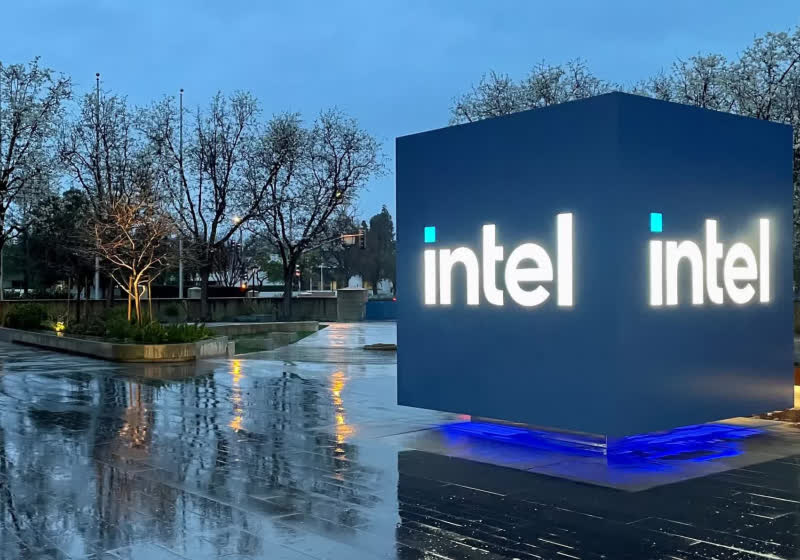Two years after the debut of Microsoft's "end-to-end, unified analytics platform," Fabric, the company on Monday rolled out new capabilities at its Build 2025 conference.
Also: You can try Microsoft's free AI skills training for two more weeks, and I recommend you do
The innovations show a maturation of Microsoft's database, reporting, and AI functions as the individual offerings become more integrated.
What's new with Fabric?
In broad strokes, the main new capabilities include:
- An automated way for non-coders to make digital twin simulations, called "digital twin builder in Microsoft Fabric Real-Time Intelligence";
- An ability to create data dashboards from scratch using natural language via an inbuilt version of Microsoft's Copilot generative AI chatbot;
- An ability to bring "semi-structured" data into Fabric via the integration of Cosmos DB, Microsoft's NoSQL database offering;
- An agent service to funnel data from Microsoft's OneLake repository into Copilot Studio;
- Using reports to automatically prompt workflows that accomplish multi-step tasks.
The digital twin builder, currently in public preview, aims to overcome hurdles in building digital twins such as "fragmented data sources, inconsistent data quality, and challenges in governance and security," said Microsoft.
Also: Deploying digital twins: 7 challenges businesses can face and how to navigate them
Digital twins are an increasingly popular way to simulate entities in the world, from human organs to aircraft, in order to project drug effects on organs or predict parts failure in heavy equipment.
The builder tool is composed of four capabilities: modeling, mapping, relationships, and extensions. Modeling includes having shared structures that replicate things in the real world. Mapping ensures a correspondence between real-world entities and the digital replicas. Those relationships are then broadened out into "semantic relationships and dependencies" via the relationships function. And the extensions feature allows one to apply analytics, visualization, and AI to the twins.
Also: The 5 stages of digital twin development
An early customer for the technology is US rail-freight giant CSX Corporation of Jacksonville, Florida. The twin builder's ability to make an "ontology" that maps between the real world and the simulated world was used to unify "critical metadata" about locomotives and train lines, "such as locomotive specifications (cargo type, weight, etc.) and train line attributes (starting point, endpoints, stations, etc.)," the company said in a prepared statement.
Gen AI integration
The Fabric with Copilot function is meant to "thoughtfully" integrate gen AI into the platform, said Microsoft. The tool makes it possible to do things such as "creating data flows, generating code, or even asking questions to better understand data in a Power BI report."
Also: With Copilot Studio's new skill, your AI agent can use websites and apps just like you do
The agent service, called Fabric Data Agents, which will soon be in public preview, is meant to connect to custom AI agents that are built in Copilot Studio. The Copilot Studio agent draws data from OneLake and can also set in motion workflows, said Microsoft, such as sending an email, in order to "automate processes, making it easier for users to interact with data, and streamline tasks without leaving the chat experience."
Get the morning's top stories in your inbox each day with our Tech Today newsletter.

 3 months ago
4
3 months ago
4









 English (US) ·
English (US) ·